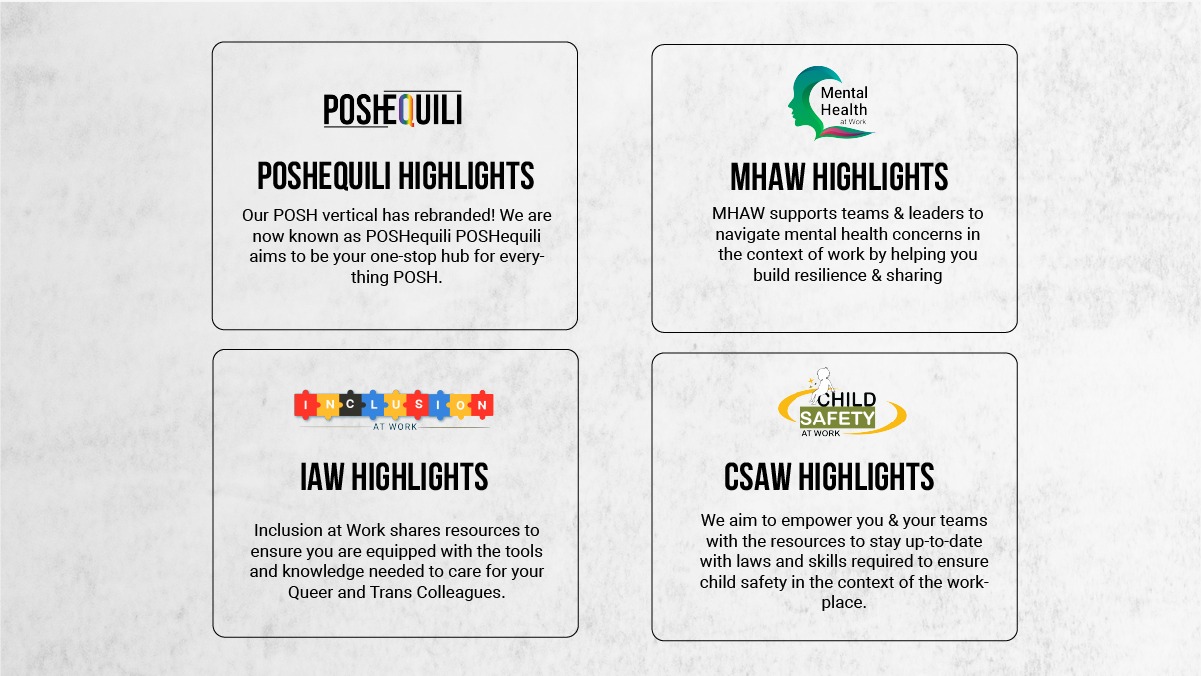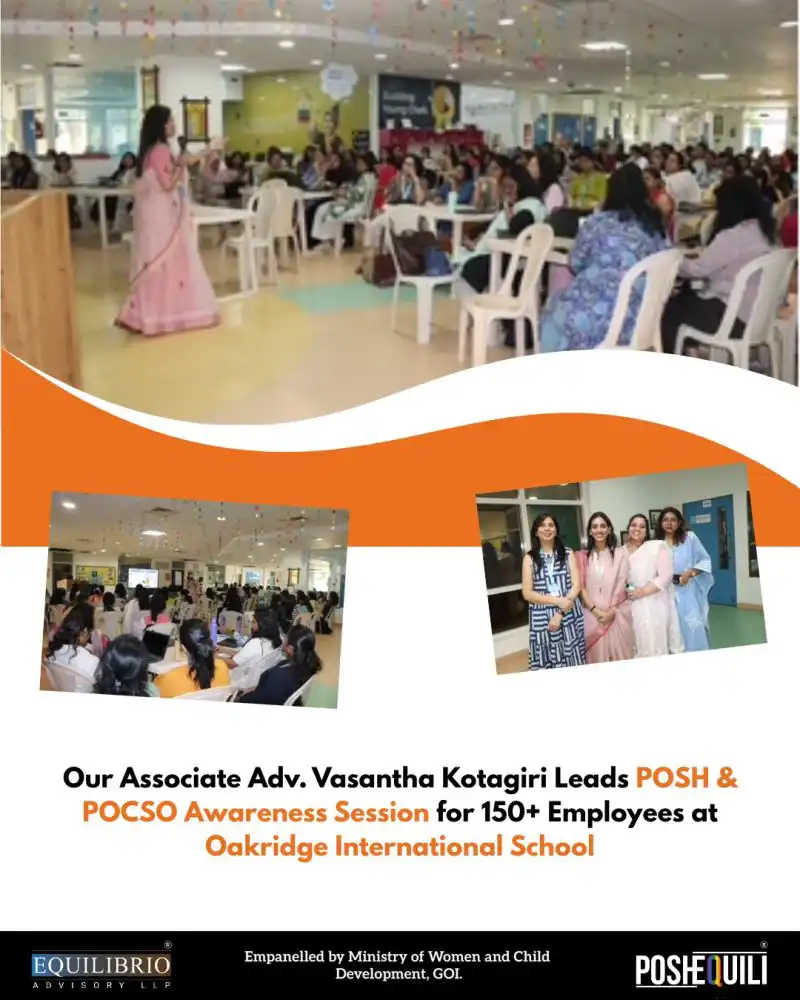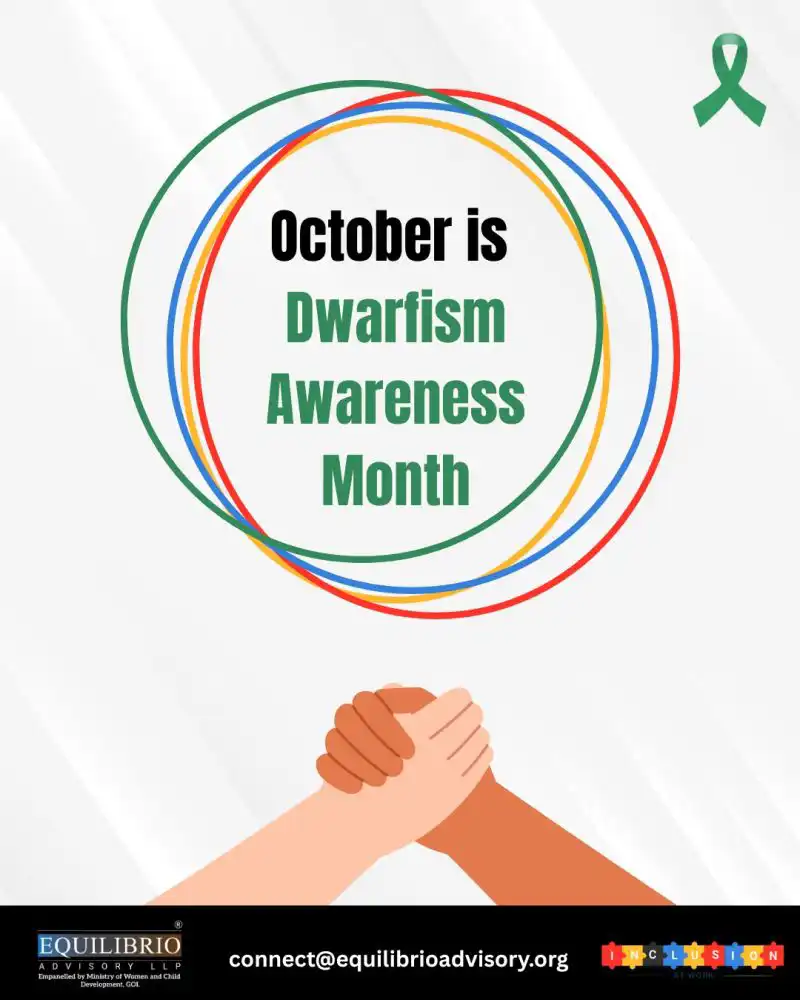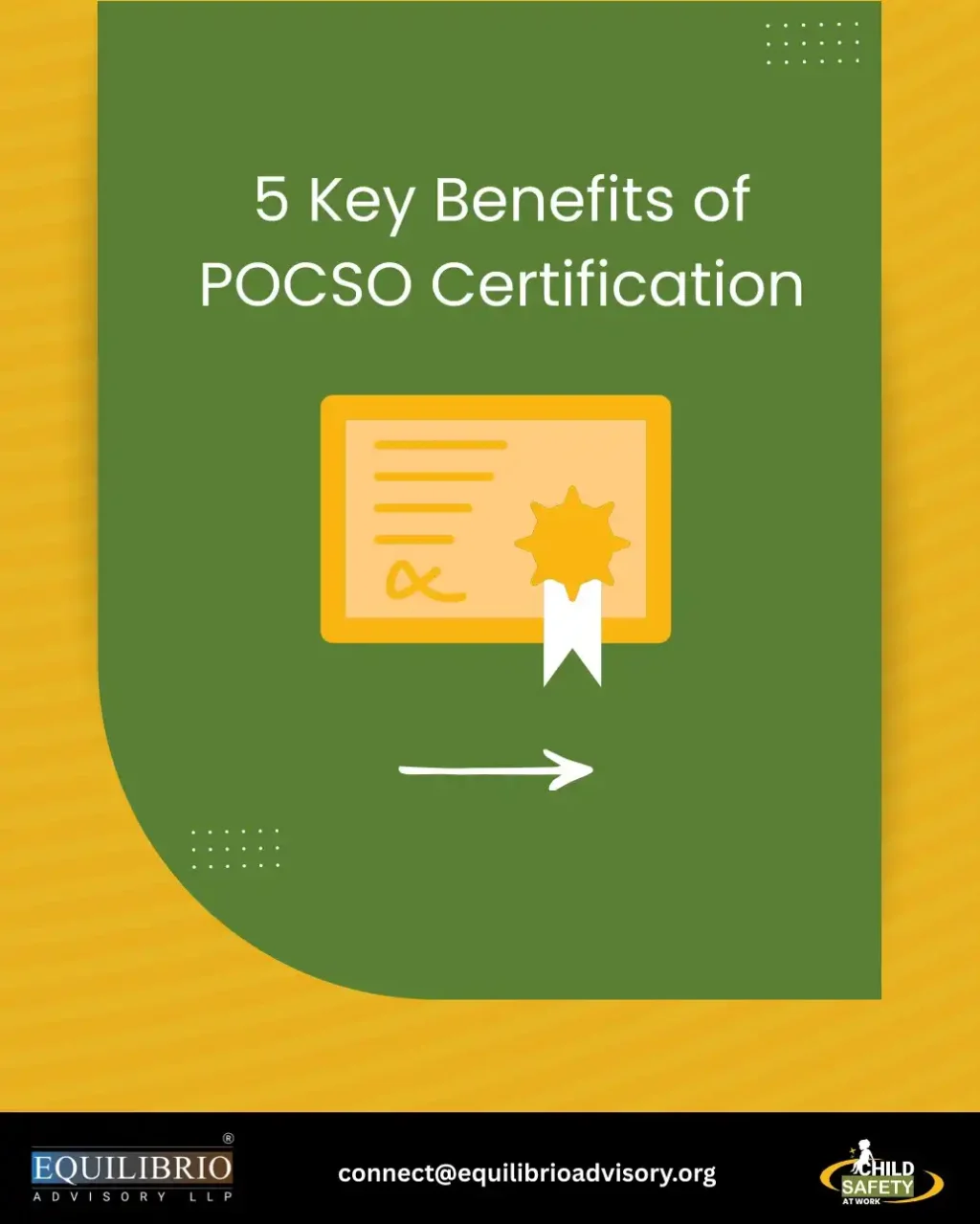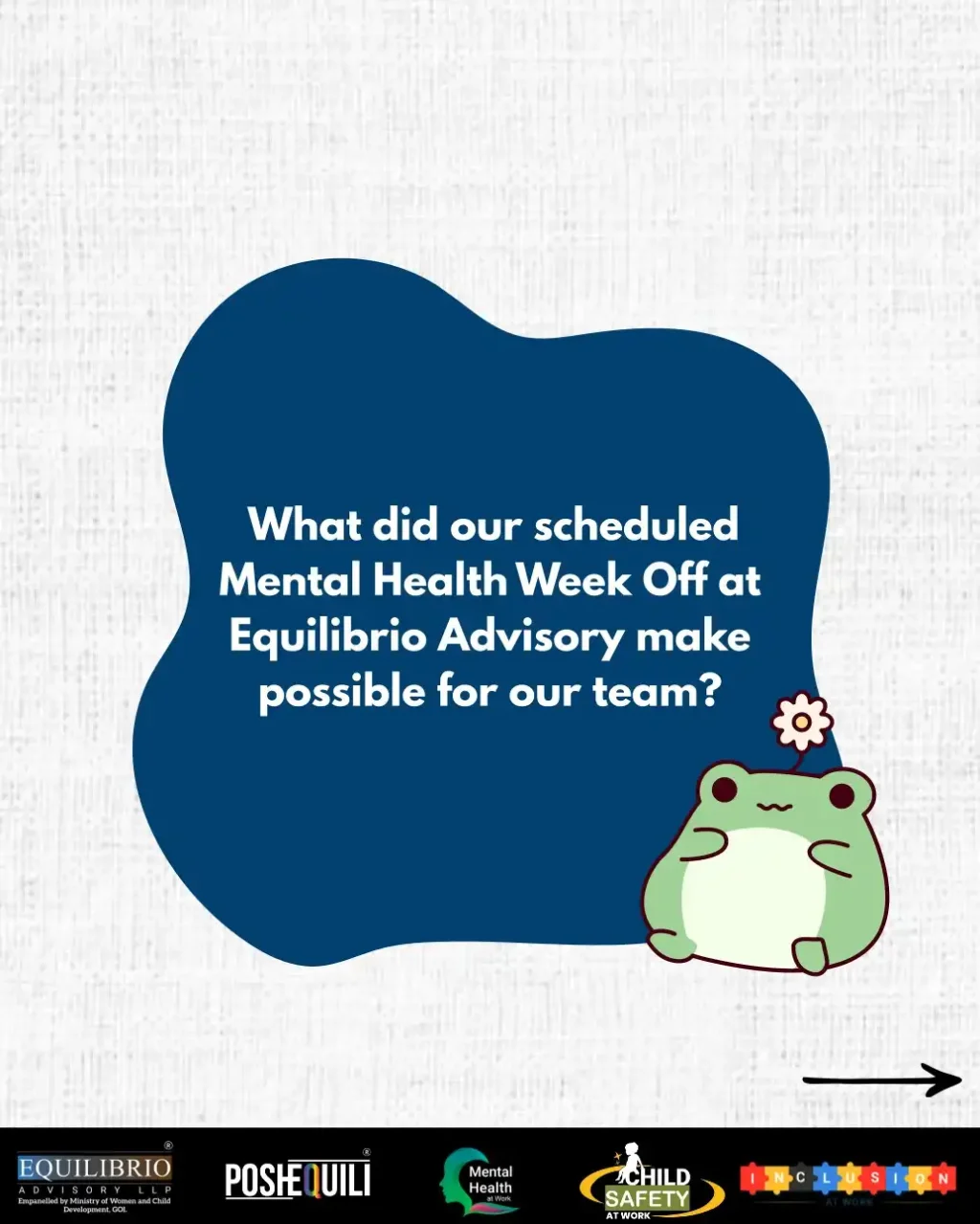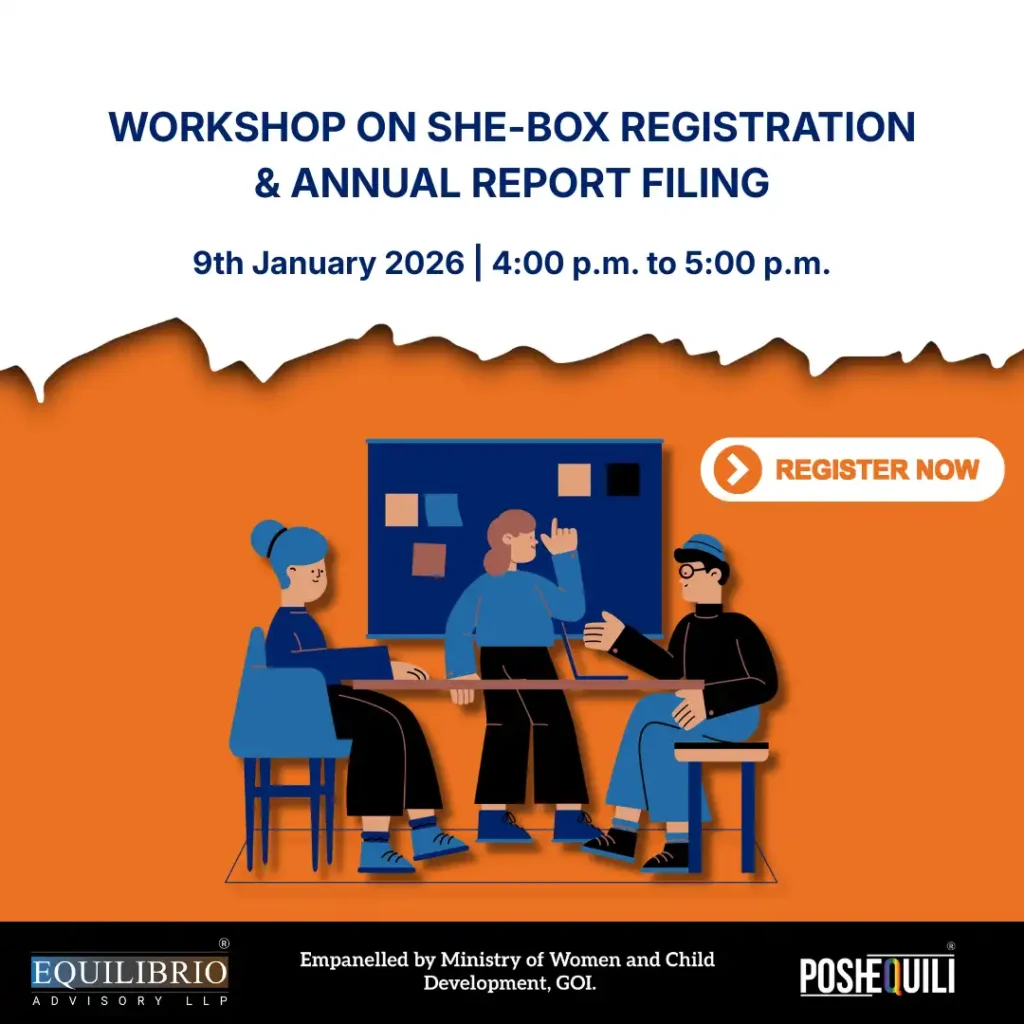The Equilibrio Gazette
A brief buletin for building safe workspaces!
31st October 2025 | Issue No. 105
Upcoming Events
Mark your calendars! In this section, we highlight an upcoming event you won't want to miss.
Deepen your understanding of the legal and psychosocial dimensions of child sexual abuse, enhance your ability to recognize, prevent, and respond effectively, and become an advocate for safer spaces for children.
Introduction to Neurodiversity – An Interactive Online Workshop
Welcome to a transformative online workshop designed for beginners eager to understand neurodiversity and its profound impact on individuals and workplaces. This interactive session will guide you through foundational concepts and critical discussions to create awareness, empathy, and inclusion.
In the Spotlight!
Explore ways to build your knowledge and capacity with our team of in-house experts!
Training Update | Oakridge International School, Bangalore
This month, our Trainer and POSH External Member, Adv. Vasantha Kotagiri, conducted POSH & POCSO awareness and IC training for over 150 employees. We applaud Oakridge International School’s commitment to fostering a safe, respectful, and inclusive environment for all.
Stay Current!
~ Spotlighting Landmark Judgments since passing of the Law!
I - LEGAL UPDATES
II - Exploring Intersections
Engage with us!
Here's your weekly food for thought through a Fun Fact or Quiz.
Did you know women’s cricket dates back to 1745 in England, proving women have shaped the game from the very beginning? The first Women’s Cricket World Cup was held in 1973, two years before the men’s event. Even the art of bowling evolved because of women: in early cricket bowling used to be underarm, but the shift began when Christine Willes used a round-arm action, as her wide skirt made underarm bowling impossible, inspiring modern overarm bowling.

Have a burning question about POSH? Maybe Mental Health at Work, Child safety or DEI&B strategies? Drop us an email with your query and we would love to answer it, in all seriousness.
Curious Cat: How can workplaces become more accessible and inclusive for employees with colour blindness?
Answer: Workplaces can support colour-blind employees by avoiding colour-only cues in documents, dashboards and signage, and instead using clear labels, patterns, symbols and text descriptions. Choosing colour-blind-friendly palettes, ensuring high contrast and providing screen-reader or accessibility settings in software helps significantly. During training or presentations, facilitators should verbally explain charts rather than relying solely on colours. Encouraging employees to disclose their needs without stigma, and providing customised tools like colour-identification apps, fosters a respectful, and inclusive work environment.





